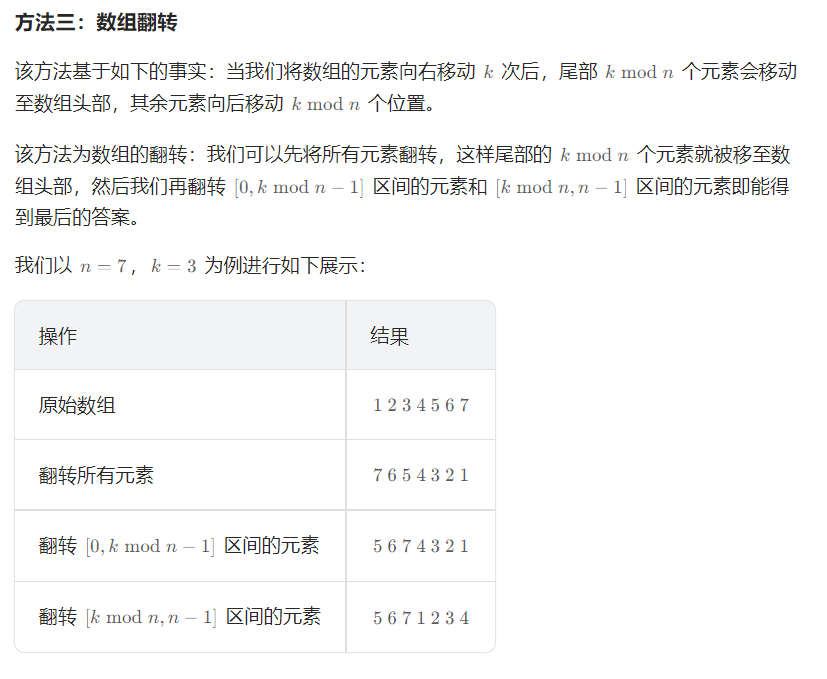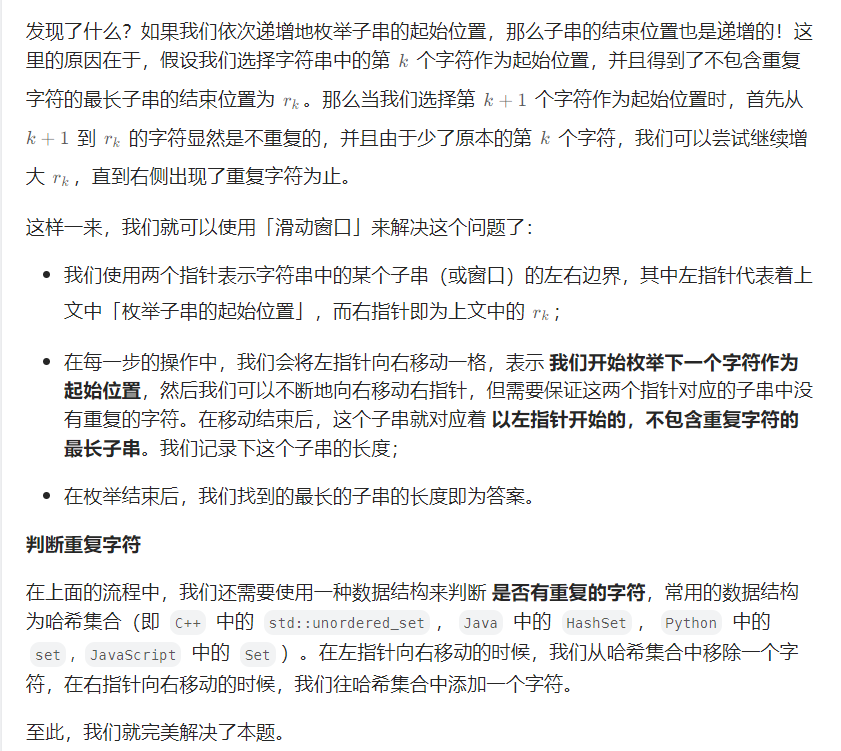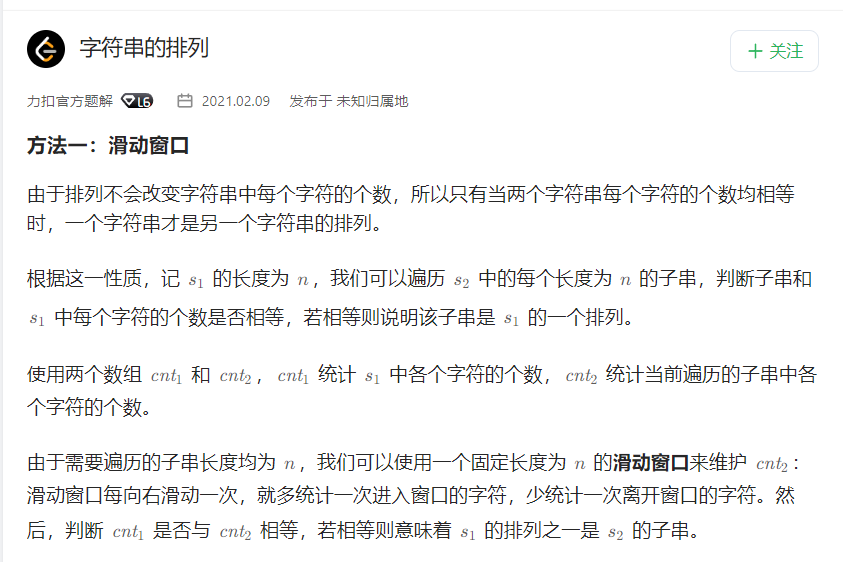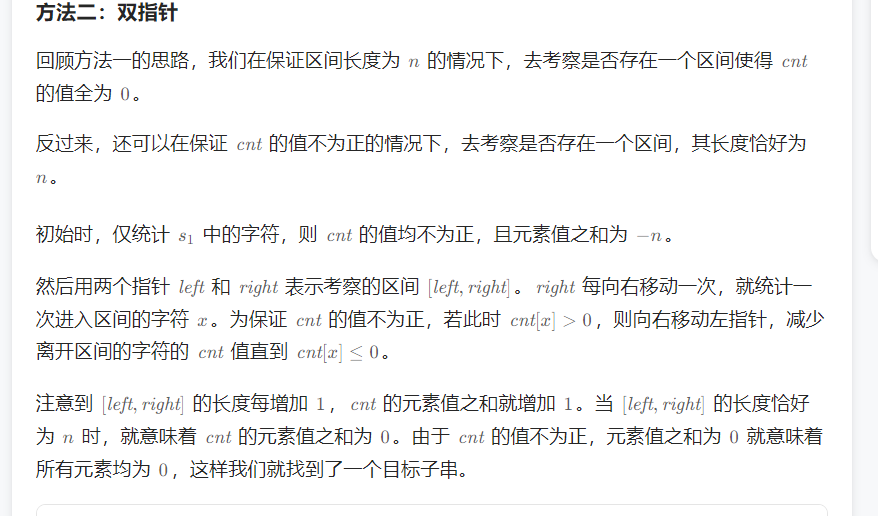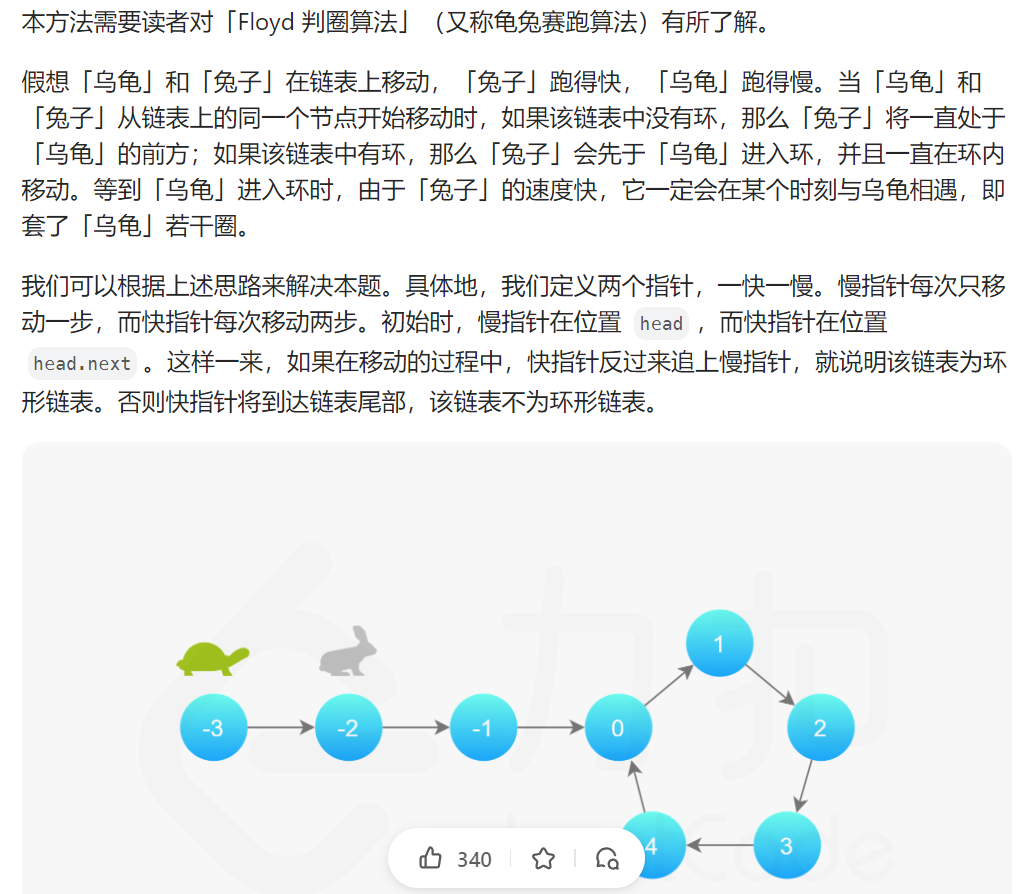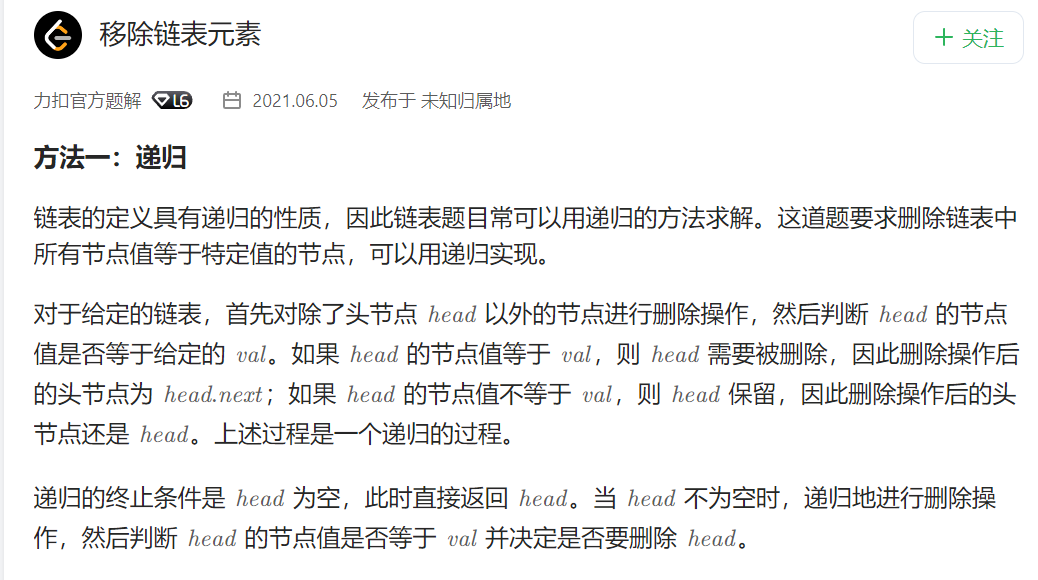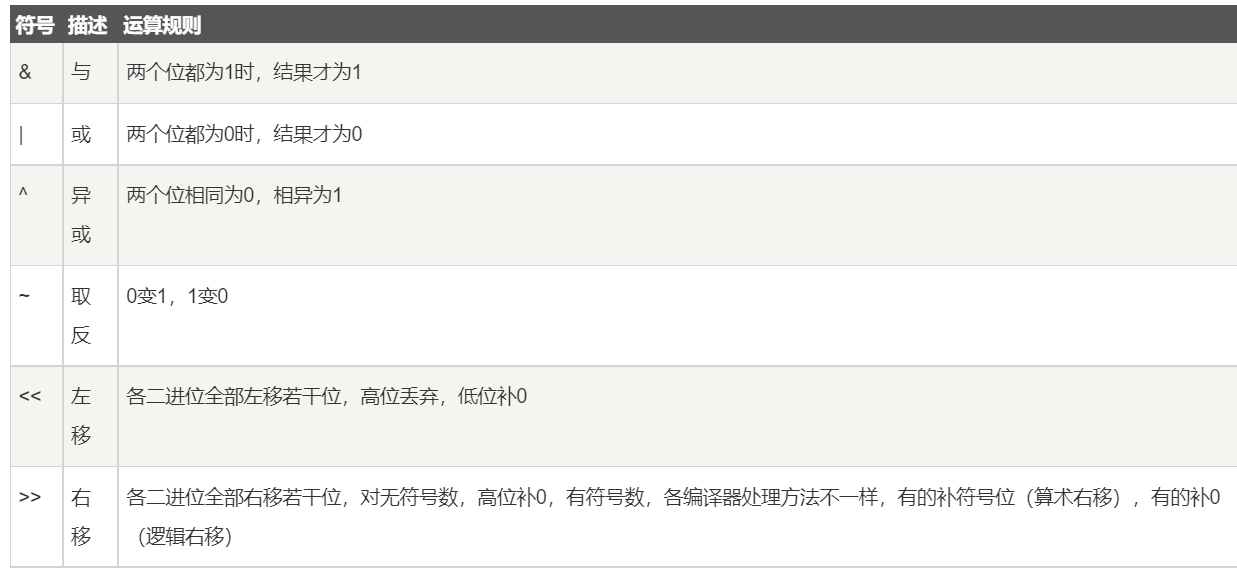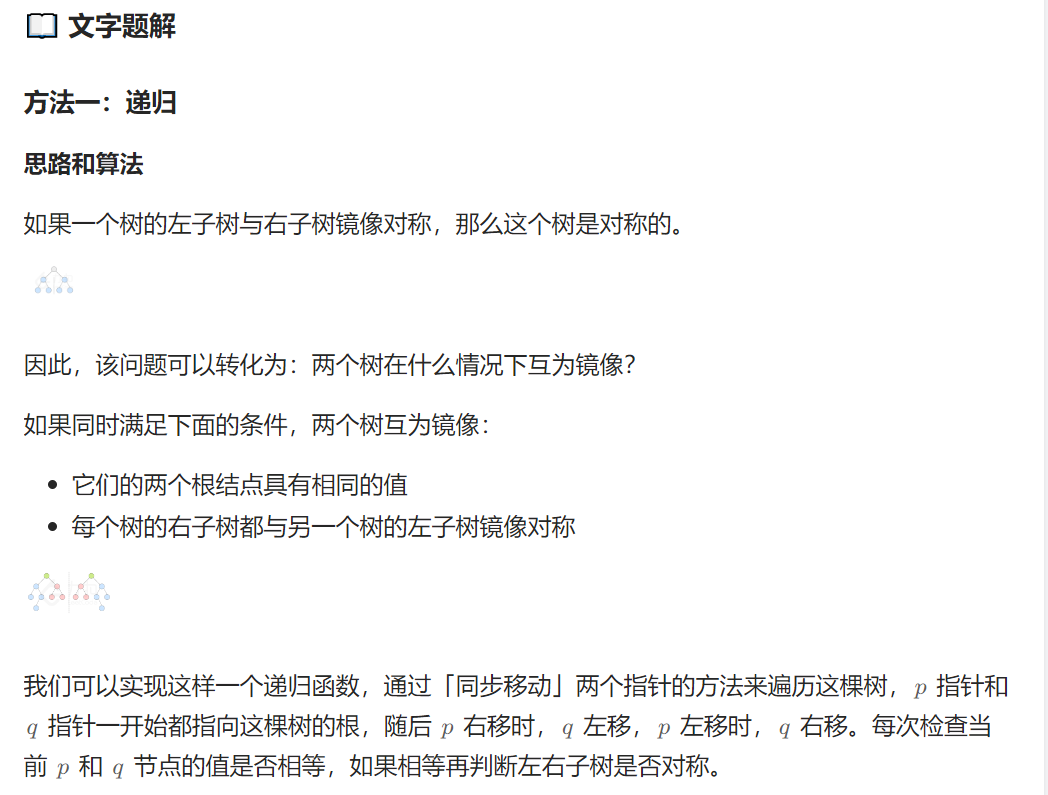class Solution {
public:
vector<vector<int>> floodFill(vector<vector<int>>& image, int sr, int sc, int color) {
vector<vector<int>>flag(image.size(),vector<int>(image[0].size(),0));
int CurrColor=image[sr][sc];
dfs(image,sr,sc,color,CurrColor,flag);
return image;
}
public:
void dfs(vector<vector<int>>& image, int sr, int sc, int color,int CurrColor,vector<vector<int>>& flag)
{
if(!(sr>=0&&sr<image.size()&&sc>=0&&sc<image[0].size()))return;
if(image[sr][sc]!=CurrColor)return;
if(flag[sr][sc]==-1)return;
image[sr][sc]=color;
flag[sr][sc]=-1;
dfs(image,sr+1,sc,color,CurrColor,flag);
dfs(image,sr-1,sc,color,CurrColor,flag);
dfs(image,sr,sc+1,color,CurrColor,flag);
dfs(image,sr,sc-1,color,CurrColor,flag);
}
};
|
